Executive Summary
VALORANT is poised for a significant technological transformation with its migration from Unreal Engine 4 to Unreal Engine 5 (UE5), scheduled for Patch 11.02 on July 29, 2025. This strategic move, coinciding with the game’s fifth anniversary, represents a substantial investment in its long-term viability and evolution.
Riot Games has proactively engaged with the community to address primary concerns, particularly regarding potential impacts on performance, visual fidelity, and installation requirements. The core message conveyed is that the upgrade is fundamentally focused on enhancing performance and establishing a robust foundation for future development, rather than delivering a radical visual overhaul. Players are assured of improved framerates, enhanced stability, and more efficient future patch downloads. The transition also unlocks the technical capacity for highly anticipated features, such as the Replay System, and enables more complex gameplay innovations previously unfeasible.
From a logistical standpoint, the update requires a one-time download of at least 30GB. However, it is important to note that the game’s overall installed file size will subsequently decrease. Riot Games has affirmed that the transition is designed to be seamless, with minimal disruption to the player experience. The timing of this extensive update, strategically placed amidst major VALORANT Champions Tour (VCT) esports events, further underscores Riot’s confidence in the stability and benefits derived from the UE5 migration.
Introduction: Charting VALORANT’s Next Chapter with Unreal Engine 5
On July 29, 2025, with the deployment of Patch 11.02, VALORANT is set to undergo its most substantial technological evolution since its inception: a comprehensive migration from Unreal Engine 4 (UE4) to Unreal Engine 5 (UE5). This pivotal update coincides with the game’s fifth anniversary, marking a new chapter for the tactical first-person shooter.
While many contemporary titles adopt UE5 primarily for its capacity to deliver visually stunning graphics, Riot Games’ approach is distinct. The immediate and overarching objective of this transition is to implement foundational improvements that enhance the player experience and secure the game’s long-term viability, rather than pursuing a radical graphical overhaul. This report will meticulously examine how Riot Games is proactively addressing community concerns, providing clarity on the expected outcomes of this critical technical transformation. The alignment of this significant technical undertaking with the game’s fifth anniversary is noteworthy. Anniversaries serve as natural junctures for reflection and celebration, but they also provide an opportune moment to unveil forward-looking initiatives. By synchronizing the engine upgrade with this milestone, Riot Games can present it as a commitment to the game’s future and a testament to its sustained success, fostering positive sentiment around what is fundamentally a technical, yet potentially disruptive, update. This strategic timing transforms a necessary engineering overhaul into a celebratory event, designed to reinforce player loyalty and generate anticipation for the next five years of VALORANT.
The Strategic Imperative: Why Unreal Engine 5?
Riot Games has openly articulated the limitations encountered with Unreal Engine 4, indicating that the development team had “squeezed literally every ounce of everything we could get out of UE 4”. This statement signifies that continued development on the older engine would have progressively impeded innovation and efficient implementation of new content and optimizations. The accumulation of technical debt and the reliance on increasingly complex workarounds to achieve desired functionalities on UE4 had reached a point where a foundational shift became imperative.
The transition to Unreal Engine 5 provides Riot Games with a “stronger technological foundation” and grants access to a comprehensive suite of advanced features and development tools. While UE5 is renowned for its cutting-edge visual technologies, such as Nanite virtualized geometry and Lumen dynamic global illumination, Riot’s immediate focus is not on leveraging these for a dramatic visual overhaul.3 Instead, the primary benefit of UE5 lies in its capacity to facilitate the more efficient and seamless rollout of new game modes, agents, and, eventually, visually richer updates without compromising the competitive integrity that defines VALORANT. This strategic move is fundamentally about future-proofing VALORANT, ensuring its adaptability and sustained growth within the rapidly evolving competitive first-person shooter landscape. The shift is not merely about acquiring new features; it is about eliminating the constraints and reducing the friction that developers faced on the older engine. This enables faster iteration cycles, more efficient bug resolution, and the ability to pursue design concepts that were previously deemed “impossible or risky”. The long-term implication is a more consistently evolving and stable game, where new features can be delivered with greater speed and reliability.
Performance at the Forefront: Dispelling FPS Concerns
A significant concern within the VALORANT community has revolved around the potential for decreased performance and framerate (FPS) drops following the UE5 upgrade, given the engine’s reputation for demanding graphics in other titles. Riot Games has directly addressed these apprehensions, unequivocally stating that the update is engineered to
improve framerate performance and enhance stability, particularly for lower-end systems.
Marcus Reid, VALORANT’s Technical Lead, has provided direct assurances, indicating that players “won’t even notice” any negative changes and that, in fact, the game is expected to run “slightly faster” on Unreal Engine 5. This confidence is rooted in Riot’s established history of rigorous performance optimization. Even on UE4, the development team extensively customized the renderer to ensure a minimum of 30 FPS on integrated GPUs as old as the Intel HD Graphics 4000 (launched in early 2012) and achieved full-frame render times of merely one to three milliseconds on modern GPUs. The UE5 migration builds upon this robust foundation, aiming for boosted framerates, a significant reduction in frame drops during high-action scenarios, and overall greater stability.
Unreal Engine 5 is widely recognized for its capabilities in rendering high-fidelity graphics, often associated with increased hardware demands. Riot’s explicit promise of
improved performance, especially on lower-end systems, directly challenges this common perception. This suggests that Riot has undertaken extensive, targeted optimizations within UE5 to align with VALORANT’s core philosophy of broad accessibility and competitive fairness. The prior deep customizations to UE4 underscore a proven track record of sophisticated engine-level optimization. This indicates that Riot is not merely adopting UE5 as an off-the-shelf solution; rather, it is meticulously tailoring the engine to meet VALORANT’s specific requirements for high performance and low latency, prioritizing a consistent and equitable competitive experience over purely graphical extravagance.
The table below summarizes the expected performance outcomes following the UE5 migration:
Expected Performance Outcomes Post-UE5 Migration
| Metric / Aspect | Current Performance (Unreal Engine 4 Baseline) | Expected Performance (Unreal Engine 5) | Riot’s Stance |
| Minimum FPS Target | 30 FPS (on Intel HD Graphics 4000) | Boosted framerates, especially on lower-end systems | “Better or at least not worse” |
| Recommended FPS Target | 60 FPS | Improved framerate performance | “Slightly faster” |
| High-End FPS Target | 144 FPS | Reduced frame drops and greater stability during high-action scenarios | “Won’t even notice” |
| Stability | Consistent performance, but potential for drops in intense moments | Greater stability, minimized frame drops during ability usage | Enhanced reliability |
| Responsiveness | High responsiveness, optimized for competitive play | Maintained or improved responsiveness | Core gameplay “should still be similar” |
| Overall System Requirements | Relatively low, allowing play on budget devices | No changes to minimum/recommended specifications announced; current systems should run as well or better | Consistent accessibility |
Visual Fidelity and Core Gameplay: Preserving VALORANT’s Identity
In contrast to the expectations often associated with a full engine upgrade in other gaming titles, Riot Games has explicitly communicated that the UE5 transition will not result in a dramatic alteration of VALORANT’s visual aesthetic. The game’s fundamental appearance, core mechanics, and established popular lineups are intended to remain unchanged, thereby ensuring a familiar and consistent experience for players.
This deliberate decision underscores Riot Games’ unwavering commitment to competitive integrity and the preservation of the established gameplay experience. Players’ muscle memory honed over countless hours, and their meticulously practiced lineups will not be disrupted by unforeseen visual changes. While Unreal Engine 5 inherently supports advanced visual technologies such as Nanite and Lumen, Riot’s immediate priority is to harness the engine for foundational stability and future development capabilities. Any visual enhancements will be introduced gradually over time, rather than as a sudden overhaul at launch. Early teasers and community observations have indicated subtle improvements in elements like agent selection screens and dynamic assets, suggesting that visual evolution will be an incremental process rather than a revolutionary one.
Riot’s repeated emphasis on “minimal changes to visuals” and “preserving the game’s core appearance, mechanics, and popular lineups” is a direct consequence of VALORANT’s competitive design philosophy. In a tactical shooter where precision and consistency are paramount, visual clarity, predictable hitboxes, and stable environmental interactions are critical. A radical visual overhaul, while potentially impressive, could inadvertently introduce unforeseen gameplay inconsistencies, negatively impact agent visibility, or invalidate existing strategies, thereby undermining the competitive integrity that defines the game. This strategic choice highlights that Riot views the engine upgrade primarily as a technical enabler for performance and future features, meticulously balancing innovation with the preservation of the core competitive experience that has garnered VALORANT its dedicated player base.
Navigating the Update: Download and Storage Requirements
The migration to Unreal Engine 5 will necessitate a substantial one-time update, requiring players to have at least 30GB of free disk space available for installation. This requirement stems from the extensive content reorganization and decompression processes involved as the game transitions to the new engine architecture.
Despite this considerable initial download, Riot Games has provided a crucial clarification: the game’s overall installed file size will actually become smaller following the update. This addresses a common concern among players regarding the continuous expansion of game file sizes over time. For optimal performance and to facilitate faster installation, it is strongly advised that VALORANT be installed on a Solid State Drive (SSD), although it is not a strict requirement for game functionality. Furthermore, Riot Games has confirmed that no changes to the minimum or recommended system specifications have been announced, implying that most systems currently meeting existing requirements should run the game as well as, or even better than, before the update.
The explicit communication from Riot Games regarding the “one-time, larger update” and the subsequent “smaller overall file size” directly addresses a significant source of player anxiety, particularly for individuals with limited storage or those less familiar with PC gaming technicalities, as evidenced by community discussions. This level of detailed transparency, explaining both the temporary nature of the large download and the long-term benefit of reduced storage footprint, is crucial for alleviating player stress and preventing negative sentiment. It demonstrates Riot’s awareness of the practical challenges players may encounter and their commitment to transparently guiding them through a potentially complex technical process. The recommendation for SSD usage further provides practical advice, illustrating a holistic approach to enhancing the player experience.
The following table provides a comprehensive guide to the storage and installation requirements for the VALORANT UE5 update:
VALORANT UE5 Update: Storage & Installation Guide
| Aspect | Detail | Notes |
| Current Installed Size (UE4) | Approximately 45-55 GB | Varies slightly with updates and additional content. |
| Initial Download/Installation Requirement (UE5) | At least 30 GB of free disk space | This is a one-time requirement for the engine transition due to content reorganization and decompression. |
| Post-Update Installed Size (UE5) | Will be smaller than before the upgrade | The game’s total footprint on the drive will be reduced after the new engine files are fully installed and old ones removed. |
| Recommended Storage | Solid State Drive (SSD) | Recommended for faster downloads, installation, and optimal in-game performance. |
| System Requirements | No changes to minimum/recommended specifications | Most systems meeting current requirements should run the game as well, or better, after the update. |
Beyond Launch: The Future Unlocked by Unreal Engine 5
The Unreal Engine 5 migration is not merely about immediate performance gains; it represents a foundational strategic step for VALORANT’s long-term evolution and expansion. A prominent example of this future potential is the highly anticipated
Replay System, a feature long requested by the community, which is slated to debut in Patch 11.06 in September 2025 for PC, with subsequent support for consoles. The development of this system was previously constrained by the limitations of the older engine.
UE5 equips Riot Games with a sophisticated technical toolset, enabling the implementation of features and enhancements that were previously deemed “impossible or risky” on UE4. This includes the capacity for improved agent animations, upgraded environmental details, and the introduction of entirely new gameplay mechanics. While these enhancements may not be part of the initial launch, they are planned to roll out gradually, leveraging UE5’s deep capabilities over time. The engine shift also streamlines the process for introducing new game modes and agents, ensuring that VALORANT can remain fresh, dynamic, and responsive to player desires for years to come. The confirmed release of the Replay System shortly after the UE5 migration serves as a tangible validation of the engine upgrade’s strategic value. This feature was explicitly noted as being limited or delayed due to prior engine constraints. Its imminent arrival demonstrates that UE5 is not an abstract technical change but a direct enabler of player-requested functionality. This concrete example helps to shift the narrative from potential concerns about the transition to genuine excitement regarding the future possibilities for VALORANT.
Competitive Integrity: UE5’s Impact on Esports
Riot Games’ profound confidence in the stability and benefits of the UE5 upgrade is conspicuously highlighted by its strategic timing. The Patch 11.02 release on July 29, 2025, occurs amidst significant esports events, including the VALORANT Champions Tour 2025 – Game Changers North America Stage 2, and precedes the highly anticipated VALORANT Champions tournament. This scheduling demonstrates Riot’s assurance that the update will maintain the game’s smoothness and reliability, ensuring uninterrupted, high-performance play for both professional esports athletes and casual gamers during intense competitive matches.
To ensure a stable environment conducive to both the engine transition and ongoing competitive play, Riot Games made a deliberate decision to skip Patch 11.01, postponing its planned changes to Patch 11.02. This decision, formally communicated by Lead Developer Kenny “Karnifexlol” Cameron, was intended to create a “natural break and consistent meta window” for VCT Stage 2, allowing professional teams to compete without immediate disruptive changes to game mechanics or agent balance. The buffer period between the UE5 launch and the final Champions tournament is designed to provide ample time for players and teams to adjust to any subtle changes and optimize their strategies on the new engine.
The decision to launch a major engine upgrade during a critical esports season is inherently a high-stakes maneuver. It signals an immense level of confidence from Riot Games in the stability and performance enhancements delivered by the UE5 build. Should the update introduce significant bugs or performance regressions, it would severely compromise competitive integrity and negatively impact the professional scene, leading to widespread dissatisfaction. By proceeding with this timing, Riot Games is effectively utilizing the esports ecosystem as a public stress test, demonstrating its conviction that the benefits of the upgrade decisively outweigh the risks and that the game will indeed operate “smooth and reliable”. This approach serves as a powerful signal of trust to the entire player base, reinforcing the perception of a robust and well-managed game.
Player Readiness: Essential Information for the Transition
Players preparing for the VALORANT Unreal Engine 5 update should note several key pieces of information to ensure a smooth transition. Patch 11.02 is officially scheduled for release on July 29, 2025. To commemorate this significant milestone, all players who log in during the Patch 11.02 window will be awarded a special gun buddy, a gesture to mark the engine transition.
For players utilizing NVIDIA graphics processing units (GPUs), it is important to be aware that NVIDIA has already released its GeForce 577.00 WHQL Game Ready Drivers. These drivers are specifically optimized for VALORANT’s Unreal Engine 5 update, ensuring the best possible gaming experience and continued support for NVIDIA Reflex technology with the new engine. Players with NVIDIA GPUs are strongly advised to update their drivers prior to the patch release to leverage these performance optimizations. As is customary with major game updates, VALORANT’s in-game servers are expected to undergo a period of maintenance lasting several hours before the update is fully rolled out. The precise release times will vary by region, and players should monitor official VALORANT communication channels for the most accurate regional timings and server status updates.
The proactive release of a dedicated NVIDIA Game Ready Driver specifically for VALORANT’s UE5 update is a strong indicator of the update’s significance and the extensive collaboration involved. This is not merely an internal project by Riot Games; it represents an industry-level event. NVIDIA’s support ensures that a substantial segment of the player base will experience optimized performance from day one, further validating Riot’s claims of improved performance and stability. This demonstrates that the UE5 migration is a well-coordinated effort across the broader gaming ecosystem, extending beyond the confines of a single developer.
Conclusion: A Foundation for Longevity and Innovation
The VALORANT Unreal Engine 5 migration represents a strategic investment in the game’s future, prioritizing the establishment of a robust, future-ready technical foundation over immediate, dramatic visual transformations. This foundational upgrade is expected to enable years of potential improvements, thereby ensuring VALORANT’s longevity and adaptability within the rapidly evolving competitive first-person shooter landscape.
Riot Games has effectively addressed key community concerns by emphasizing the anticipated performance gains, reaffirming the preservation of core gameplay elements, and providing transparent details regarding the update process. This strategic move, underpinned by a demonstrated track record of engine optimization and clear communication, positions VALORANT for sustained growth and continuous innovation. The future of VALORANT, built upon the capabilities of Unreal Engine 5, promises a more stable, efficient, and feature-rich experience for its millions of players worldwide. The repeated emphasis that the UE5 migration is about “building a sturdy, future-ready technical foundation” and “years of potential improvements” rather than “instant visual transformation” reveals a mature, long-term strategic vision. In the context of a live-service game, sustainability and adaptability are paramount. By investing in a modern engine now, even without immediate flashy graphics, Riot Games is ensuring that VALORANT can evolve efficiently for years to come, respond to emerging technologies, and maintain its competitive edge without being hampered by an outdated technical infrastructure. This approach prioritizes the long-term health and viability of the product over potentially superficial, short-term gains.
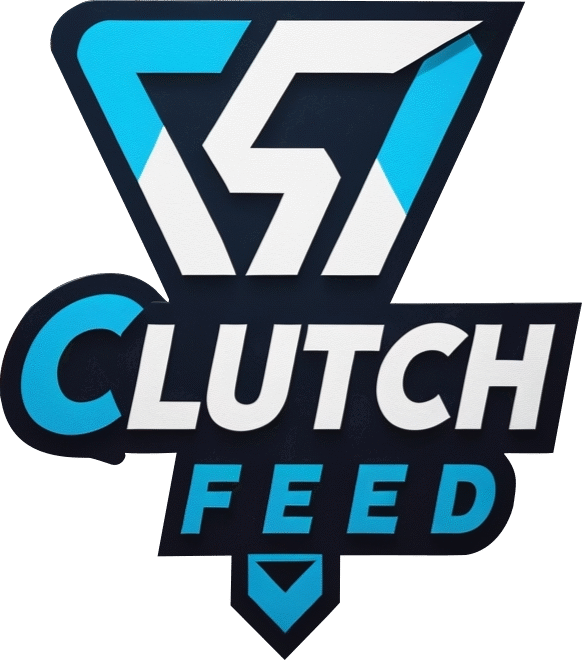

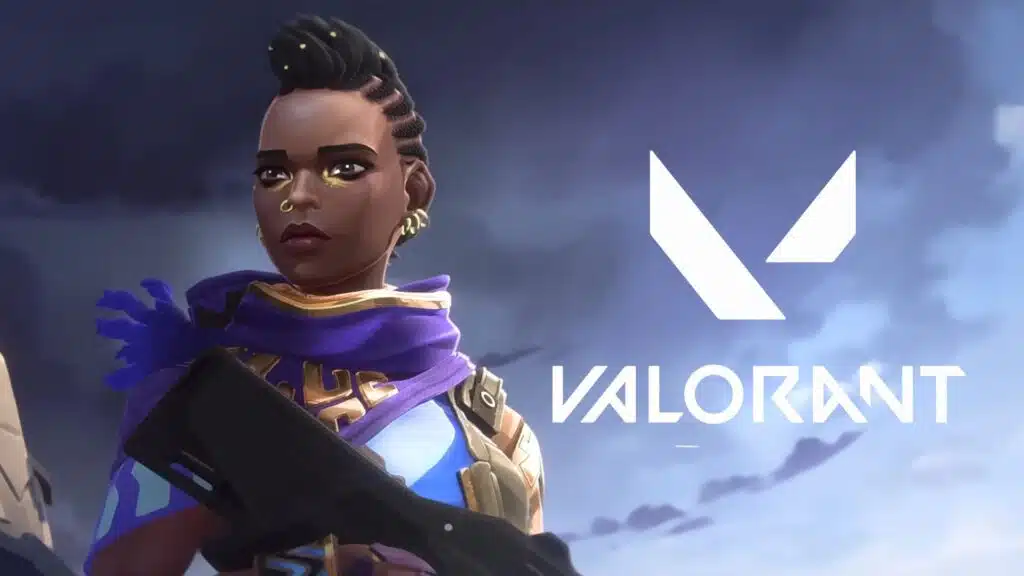
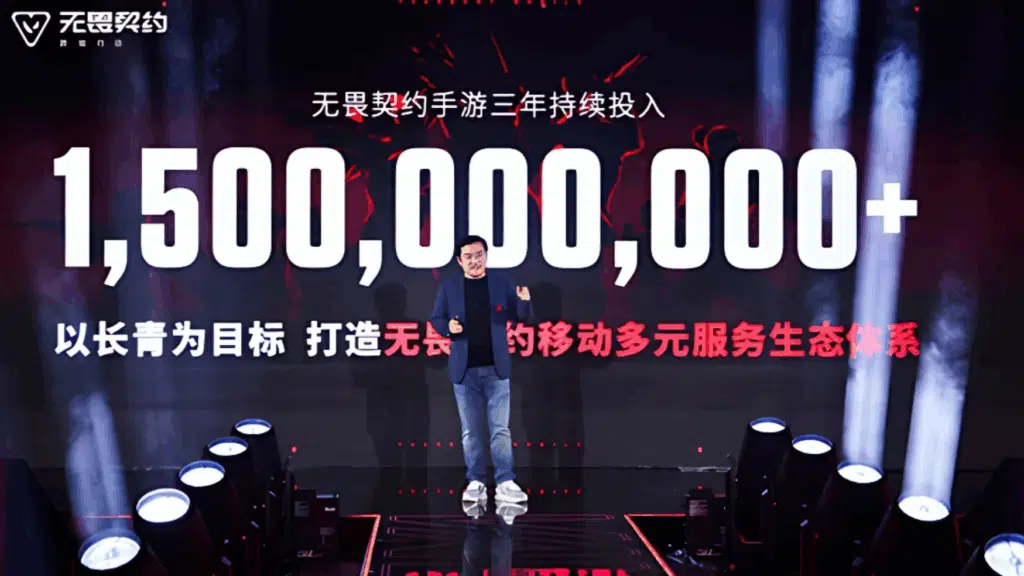
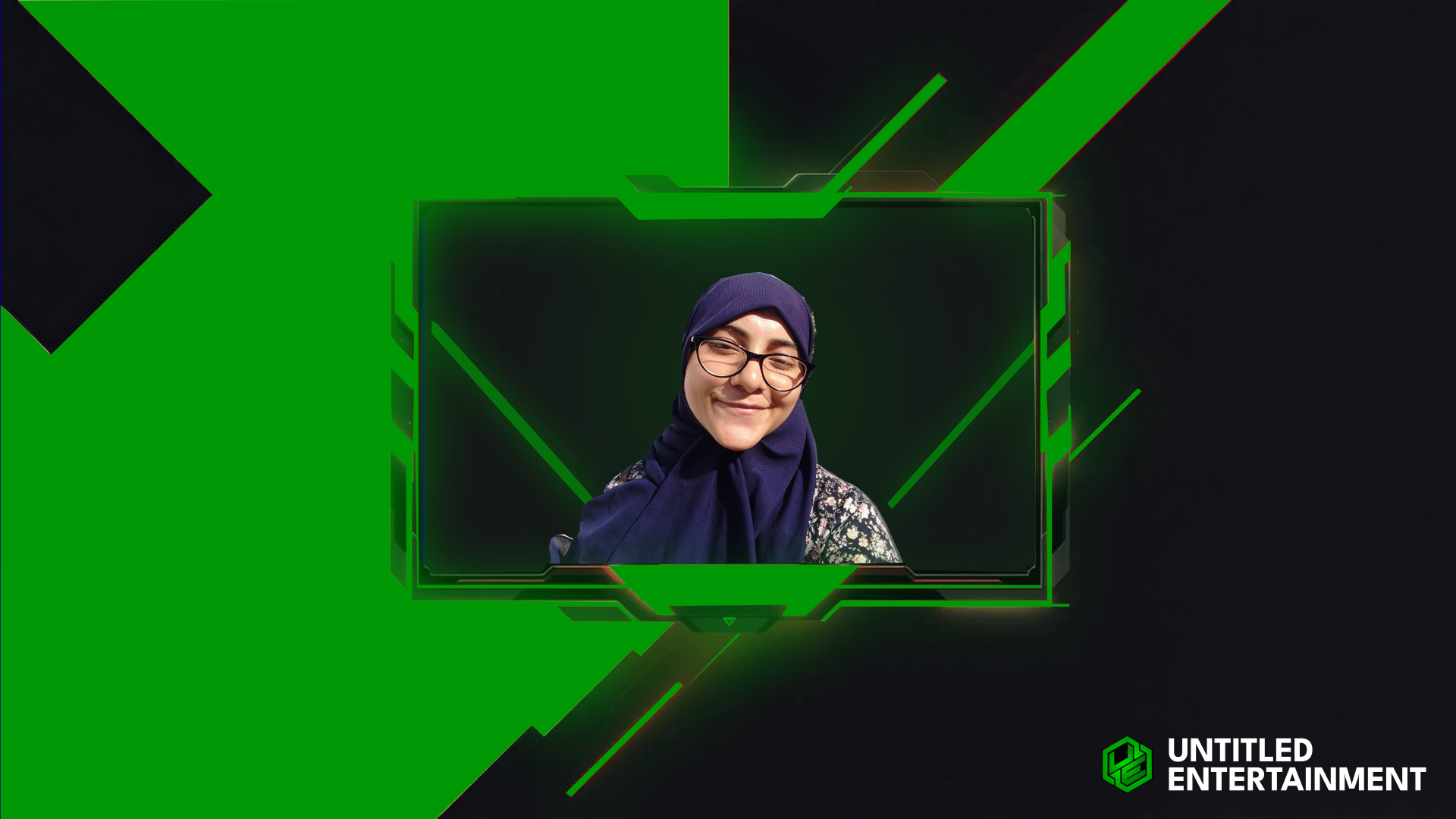
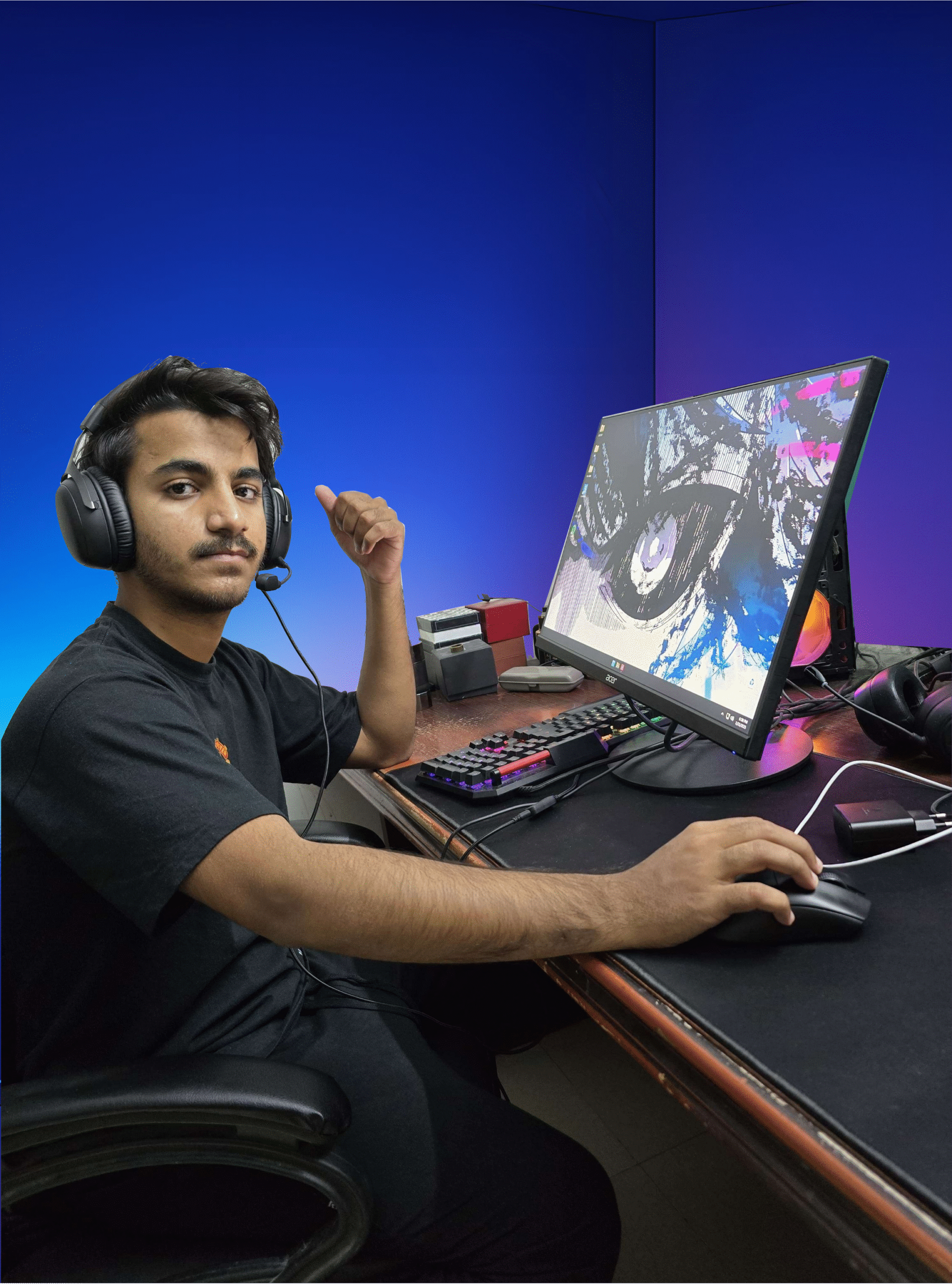
Very informative. Keep us updated ❤️